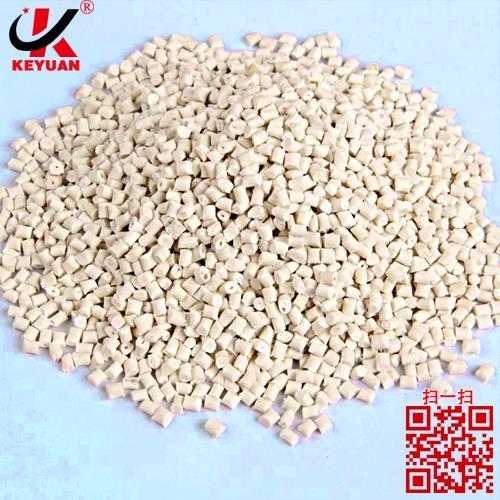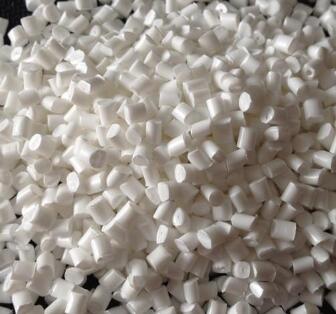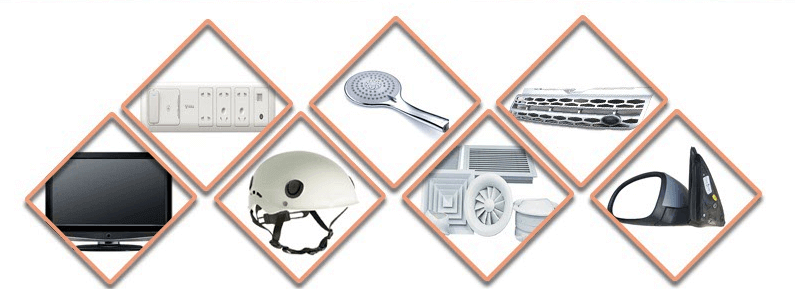Company's products
You are here: Home > Company's products > PA66 engineering plasticsPA66 low smoke halogen free flame retardant grade

Product Details
Pa66 low smoke zero halogen flame retardant grade

Halogen is a non-metallic element of Group VIIA, including Fluorine, Chlorine, Bromine, Iodine and Astatine. Astatine (Astatine) for the radioactive elements, people usually refer to the halogen is fluorine, chlorine, bromine, iodine four elements. Halogen compounds are often used as a flame retardant: PBB, PBDE, TBBP-A, PCB, hexabromododecane, tribromophenol, short chain chlorinated paraffin, etc., used in electronic components and materials, product shell, plastic The This flame retardant can not be recycled, but also in the combustion and heating process will release harmful substances, threatening the health of the human body, the environment and the next generation of descendants, poly-chemical halogen-free flame retardant PP, halogen-free flame retardant PA6 / PA66 , Halogen-free flame retardant PBT, halogen-free flame retardant TPE, halogen-free flame retardant wire and cable materials for your products to provide halogen-free assistance.
Halogen flame retardants decompose at heat to produce hydrogen halide HX, HX through two mechanisms from the role of flame retardant, that is, free radical mechanism: consumption of polymer degradation of free radicals HO, to reduce its concentration, thereby delaying or interruption of the combustion chain Reaction; surface covering mechanism: hydrogen halide is a flame retardant gas, the density is larger than the air, can form a barrier in the surface of polymer materials, so that the concentration of flammable gas decreased, thereby slowing down the burning rate even the flame extinguished. Halogen flame retardant has the advantage of small amount, high flame efficiency and wide adaptability, but its serious drawback is the combustion of a large number of smoke and toxic and corrosive gases, great harm. In the event of fire, due to thermal decomposition and combustion, will produce a lot of smoke and toxic corrosive gases, thus hinder the fire and personnel evacuation, corrosion equipment and equipment. In particular, it was found that more than 80% of fatal accidents in the fire were caused by the smoke and toxic gases produced by the material.
PBB, PBDE, TBBPA and other brominated flame retardants are currently used more flame retardants, mainly used in the electrical and electronic industry, including: circuit boards, computers, fuel cells, televisions and printers and so on.
These halogen-containing flame retardant materials produce dioxin during combustion and can survive for many years in the environment, and even accumulate in the organism for the rest of their lives.
As a result, many international companies are actively promoting the complete abolition of halogen-containing materials, such as the prohibition of the use of halogen flame retardants in products.
At present for halogen-free requirements, different products have different limited standards:
Such as halogen-free wire and cable where the halogen index is: all the value of halogen ≦ 50PPM
(According to regulations PREN14582); after combustion to produce hydrogen halide gas content <>
(According to regulations EN5067-2-1); PH value of hydrogen gas dissolved in water after combustion ≧ 4.3 (weak acid)
(According to regulations EN-50267-2-2); product in a closed container after burning through a beam of light transmission rate ≧ 60%
(According to Regulation EN-50268-2).
Halogen-free requirements: bromine, chlorine content of less than 900ppm, (bromine + chlorine) less than 1500ppm.
Halogen in plastics
Global plastic production of about 160 million tons, of which 5% -6% for the flame retardant products. Electronic and electrical industry, about 15% of the plastic flame retardant products.
German environmental groups PAL from 1995 in the electronic equipment shell to disable organic bromide, the Swedish TCO95 in the electrical and electronic equipment where more than 25 grams of plastic devices, prohibit the use of organic bromine, chlorine compounds.
Plastic halogen restrictions, has not yet seen the relevant standards, many well-known international companies have made a halogen-free requirements. Generally use EN61249-2-21 standard for halogen-free plastic requirements, that is, plastic chlorine, bromine content should not exceed 900PPM, and the sum shall not exceed 1500PPM. Halogen in plastics mainly comes from halogen-based flame retardants.
The benefits of halogen-free flame retardant plastic

Halogen - free flame - retardant plastic
Halogen-free flame retardant is relative to halogen (such as chlor-bromine and other halogen elements) flame retardant materials, halogen-free flame retardant materials have many advantages, first of all low-density, ordinary halogen 30 fiber PBT, PA in 1.6 , But halogen-free PA at 1.42, PBT around 1.53; followed by the tracking index (CTI), the general halogen-resistant flame retardant material generally does not exceed 250 volts, and halogen-free flame retardant material CTI can be as high as 550- 600 volts; the last is the low density of smoke when burning, less smoke.





